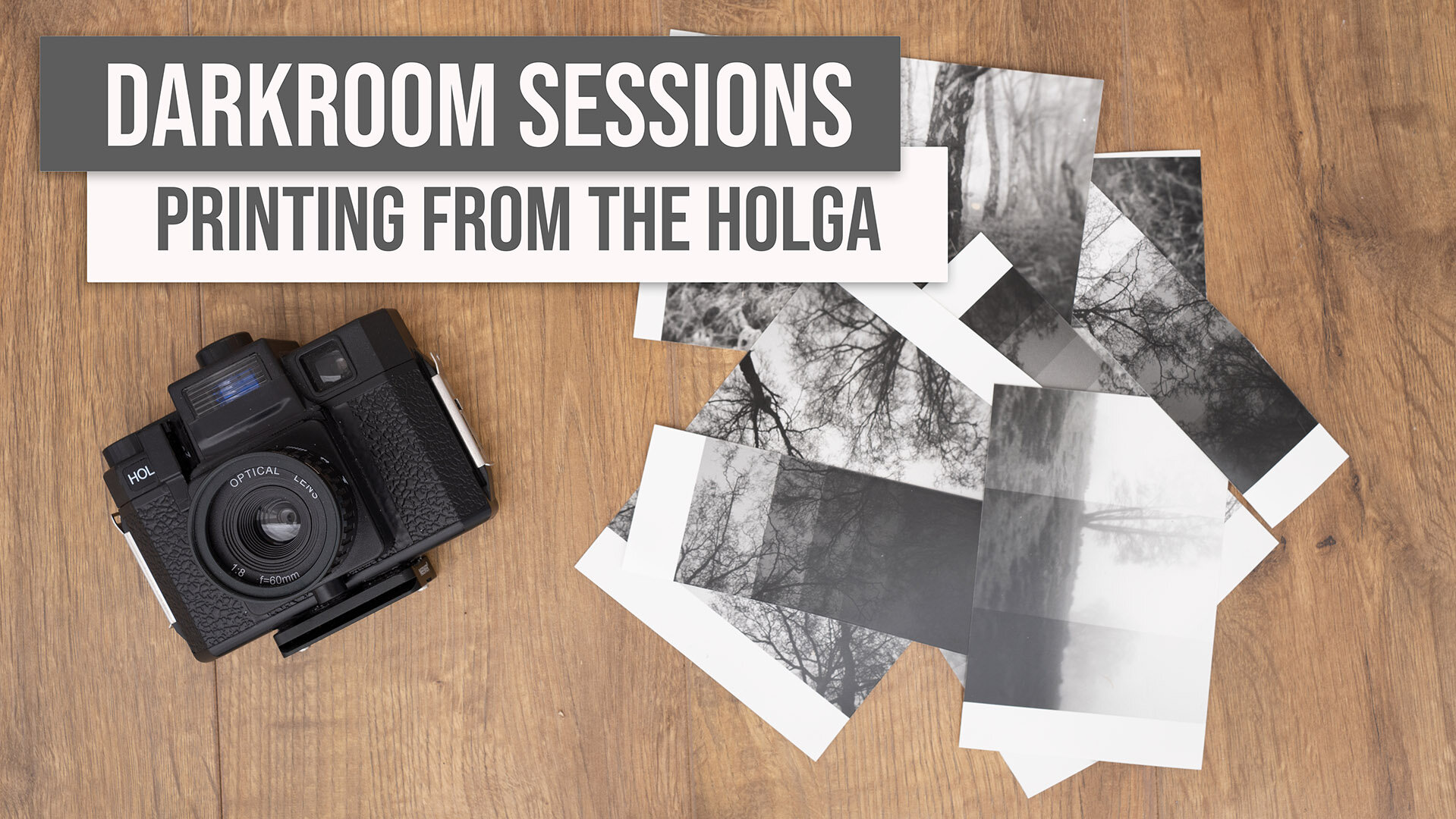TESTING SHUTTER SPEEDS
When buying a camera second hand, especially when it’s an older film camera, I like to put a test roll through it to check the shutter speeds. If the camera has a meter, then I do this to test the effectiveness of the meter too.
The concept is simple. Set up a controlled environment which controlled lighting, and take a series of exposures decreasing the shutter speed and increasing the aperture so that the exposure remains the same throughout all the frames. Therefore, if the first exposure was 1/250 @ f2.8, the second exposure would be 1/125 @ f4 and so on.
Disclaimer: Although I try to control as much of the process as possible, and take great care through, this isn’t going to get me the absolute result. I would need equipment I simply do not have in order to get a definitive answer. By default, there are some elements that may result in small exposure differences, such as development and scanning. However, what I am looking for are any major issues with any of the shutter speeds, that might warrant me to get it checked out by a professional or have the camera CLA’d.
Depending on how many frames you get on your roll, you may run out of aperture stops on your lens. For this test, my Pentax 105mm f2.4 only has 7 stops, and I get 10 frames to a roll. Therefore, I simply decided to use the other 3 shots on the frame to expose -!. +1 and +2 stops.
I could easily have used a 3 stop ND filter and tested more shutter speeds, but I was feeling lazy and couldn't be bothered to look it out.
This meant that my test sequence looked like the following;
1/250 @ f2.4 (1/2 stop faster, so I will expect the final image to be 1/2 stop brighter)
1/125 @ f4
1/60 @ f5.6
1/30 @ f8
1/15 @ 11
1/8 @ f16
1/4 @ f22
1/2 @ f22 (+1 stop)
1s @ f22 (+2 stop)
1/500 @ f2.4 (-1 stop)
For the test, I used a tripod, the mirror up function and a cable release. As mentioned earlier, I do this inside so that I remove as many variables as possible. It could be down outside, but I would recommend doing it indoors if you have space.
Once, I developed the roll, the images were scanned as flat files with no adjustments using Silverfast. This gives the best results, similar to a RAW file. Once scanned, I import them to Photoshop where I run a simple action that inverts them.
Here are the results;
They all fairly consistent, right? Well, yes and no.
A couple of things stand out;
I would have expected the first image to be slightly brighter, but it’s a bit darker than frame 2 (about a 1/6th I’d estimate)
Frames 6&7 seem to get darker compared to frame 5. It possibly nearly up to 1/3rd darker
Frame 8 appears to be about 1 stop brighter than 7, but not compared to frame 5.
Am I concerned by what I’ve seen? Not for now, no. There are no big issues that give me cause for concern, but I will certainly keep an eye on the shutter speeds between 1/8 - 1/2. I’m not sure the role the f stop may have on the test beyond controlling the exposure and depth of field. Stopping the lens down to f16 - f22 did seem to impact the exposure, resulting in it being underexposed by about a 1/3rd. If I wanted to validate this, I need to do another test roll shooting at those apertures across the shutter speeds to see if it’s consistent. However, seeing as I rarely shoot as those apertures, I’m in no rush.




















A series of images from a Chateau in France using a Hasselblad X-Pan with Ilford Photo HP5 film